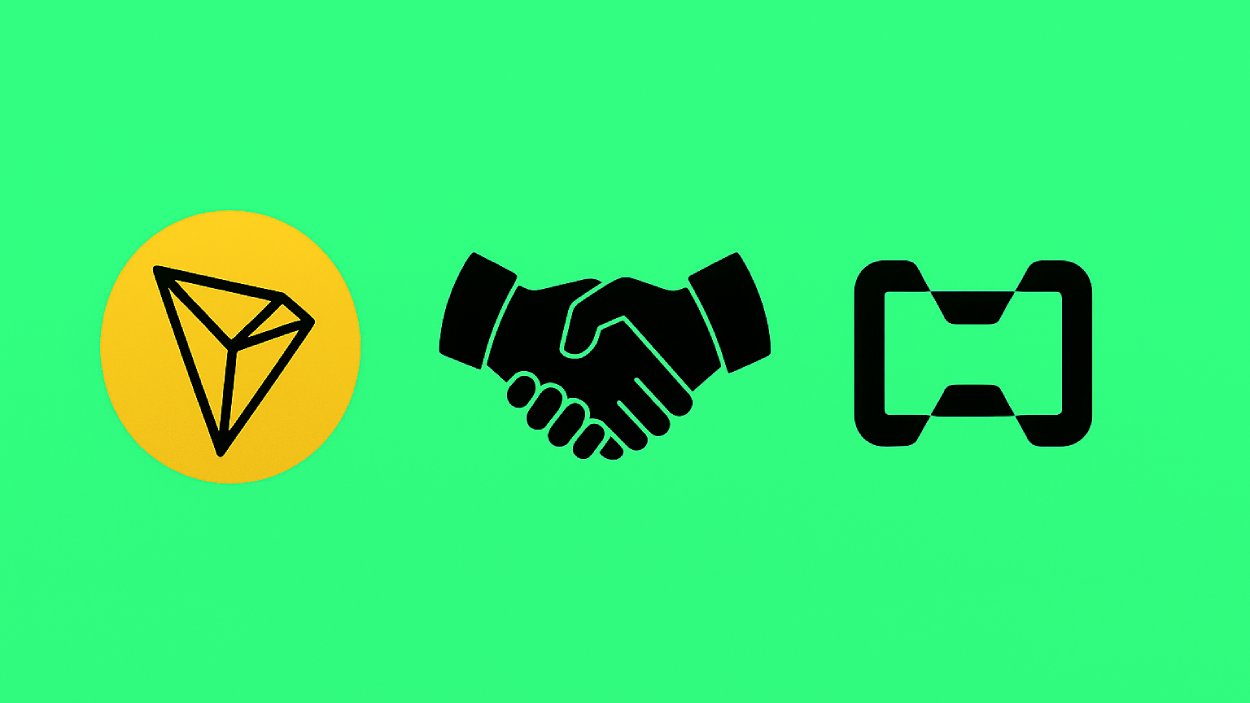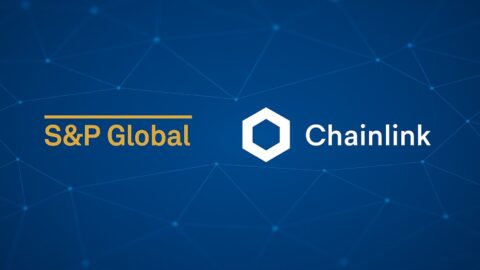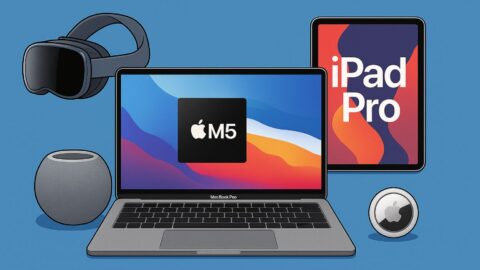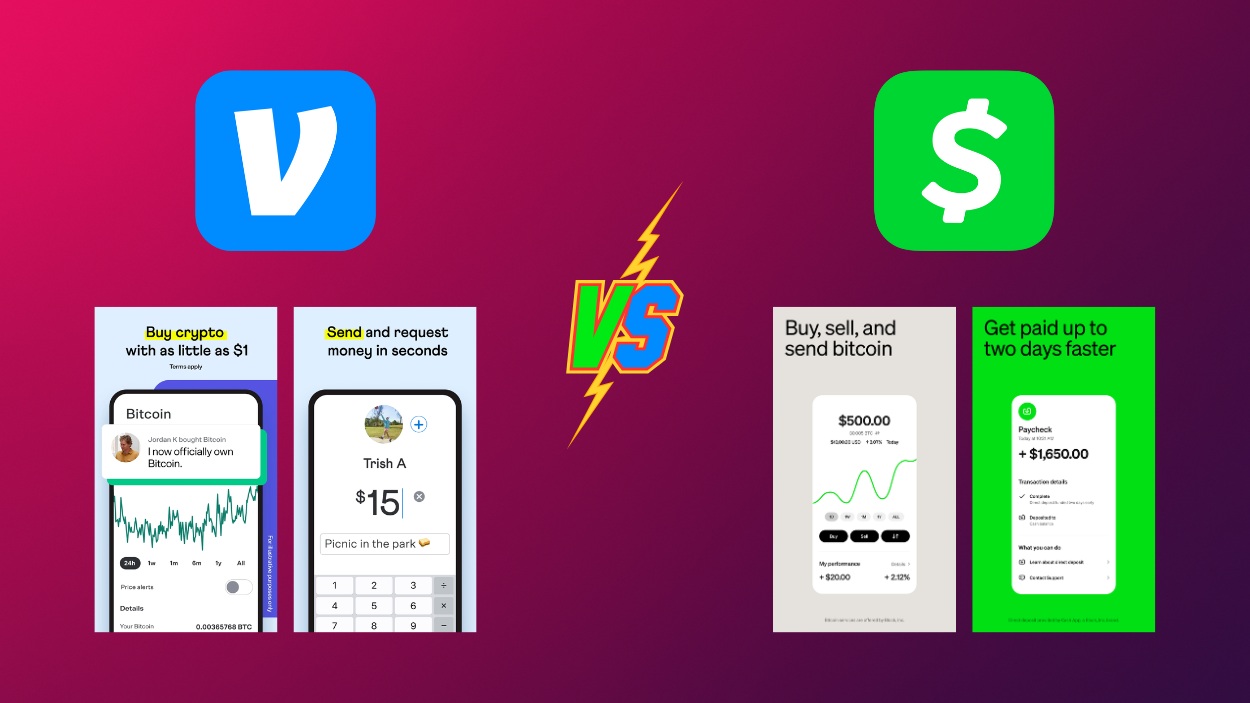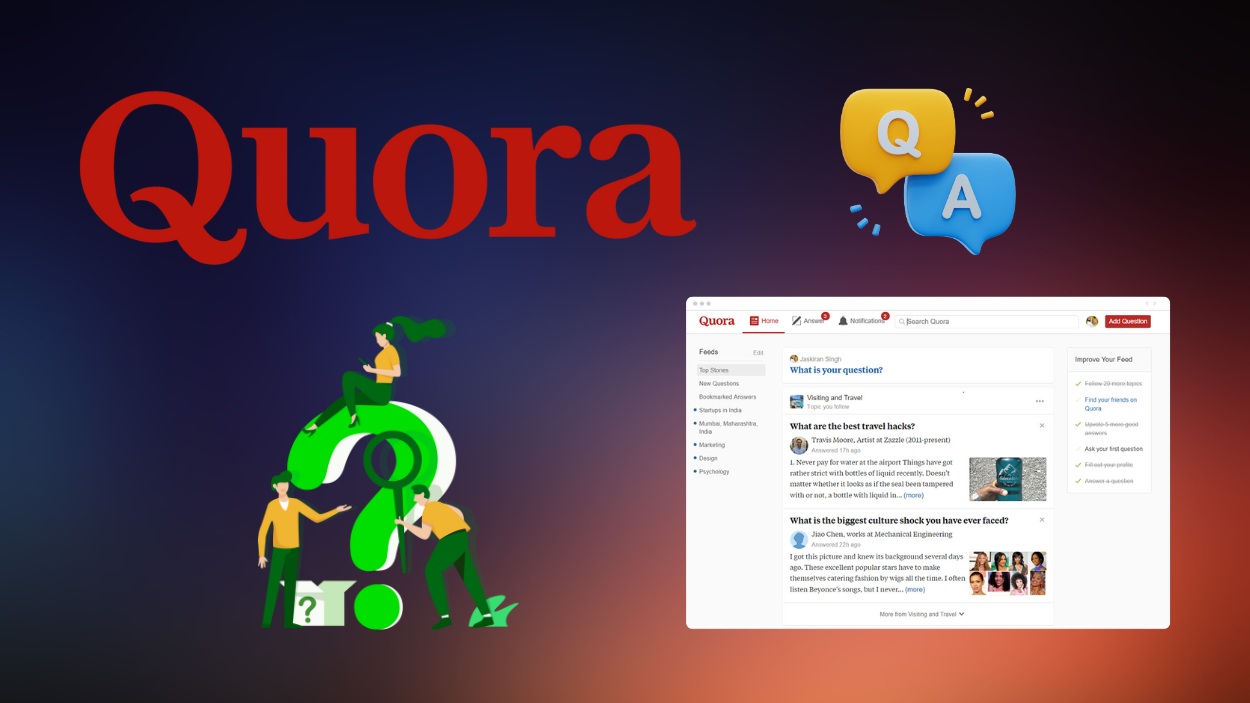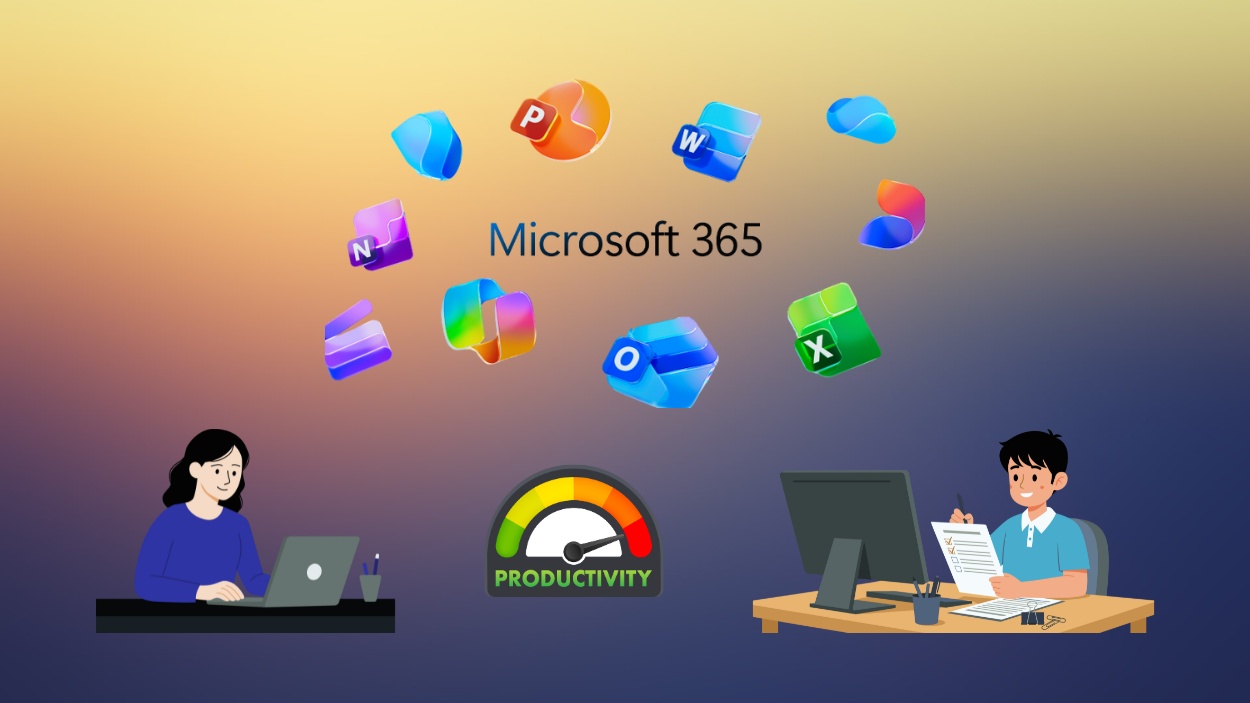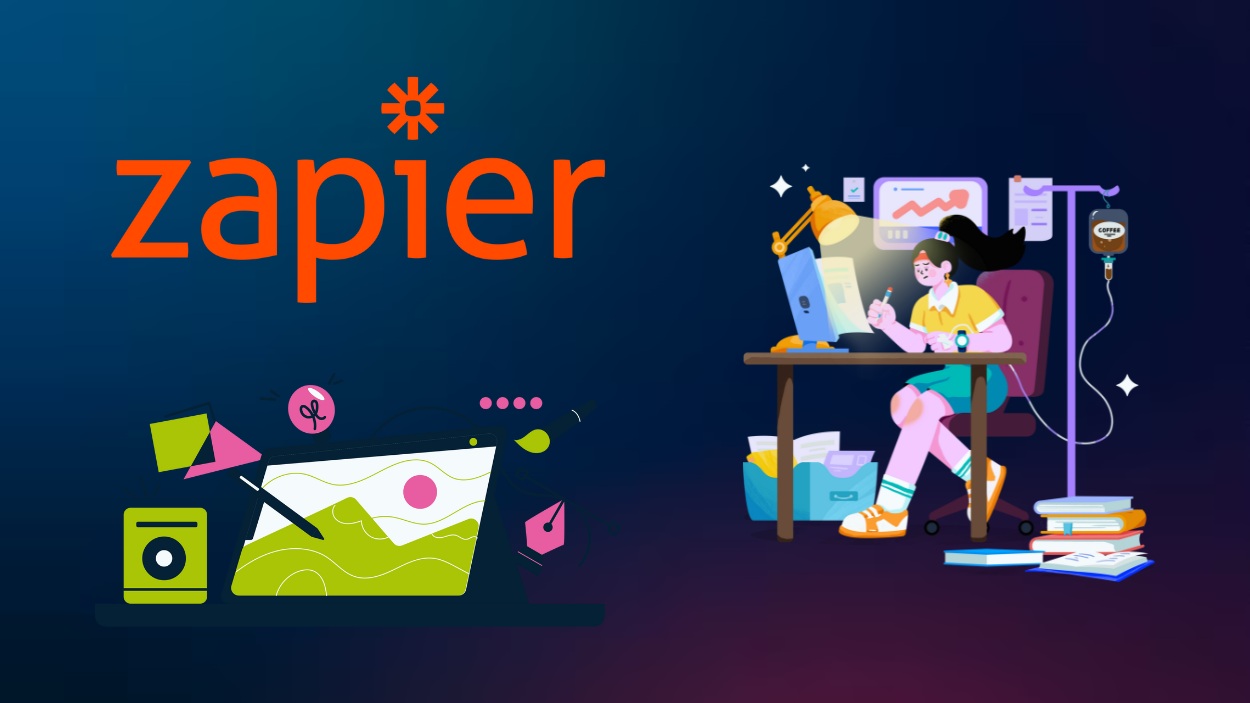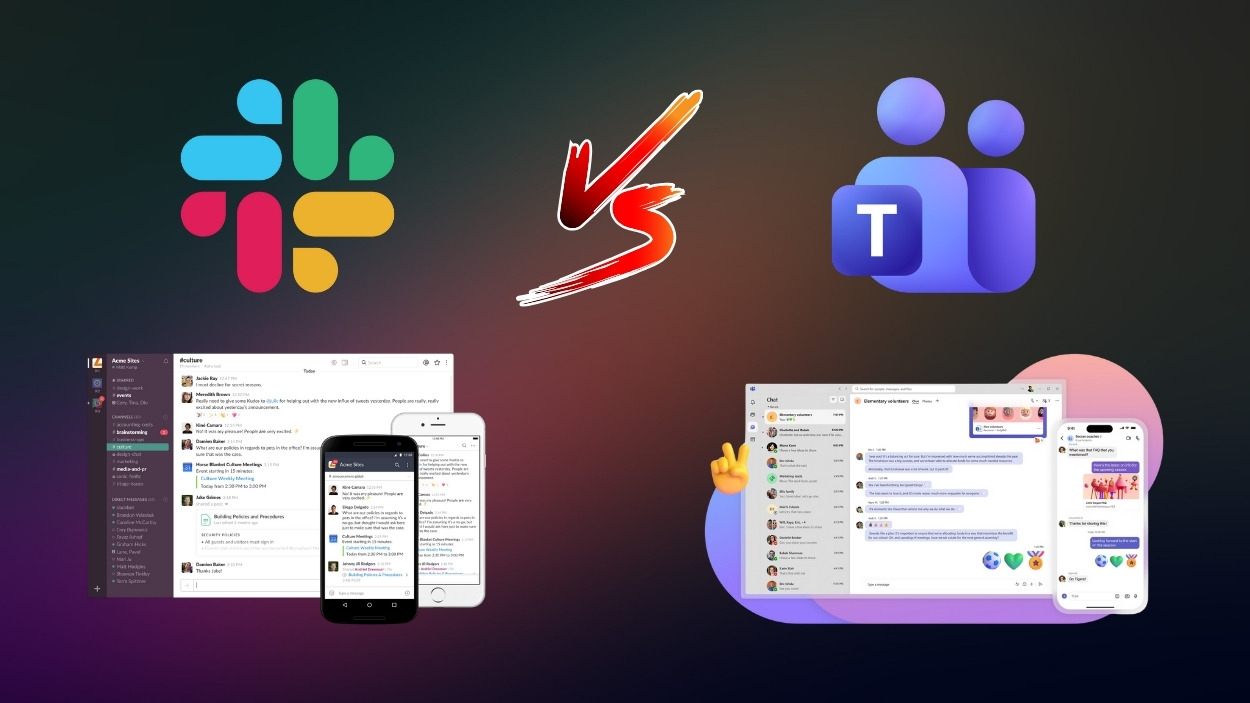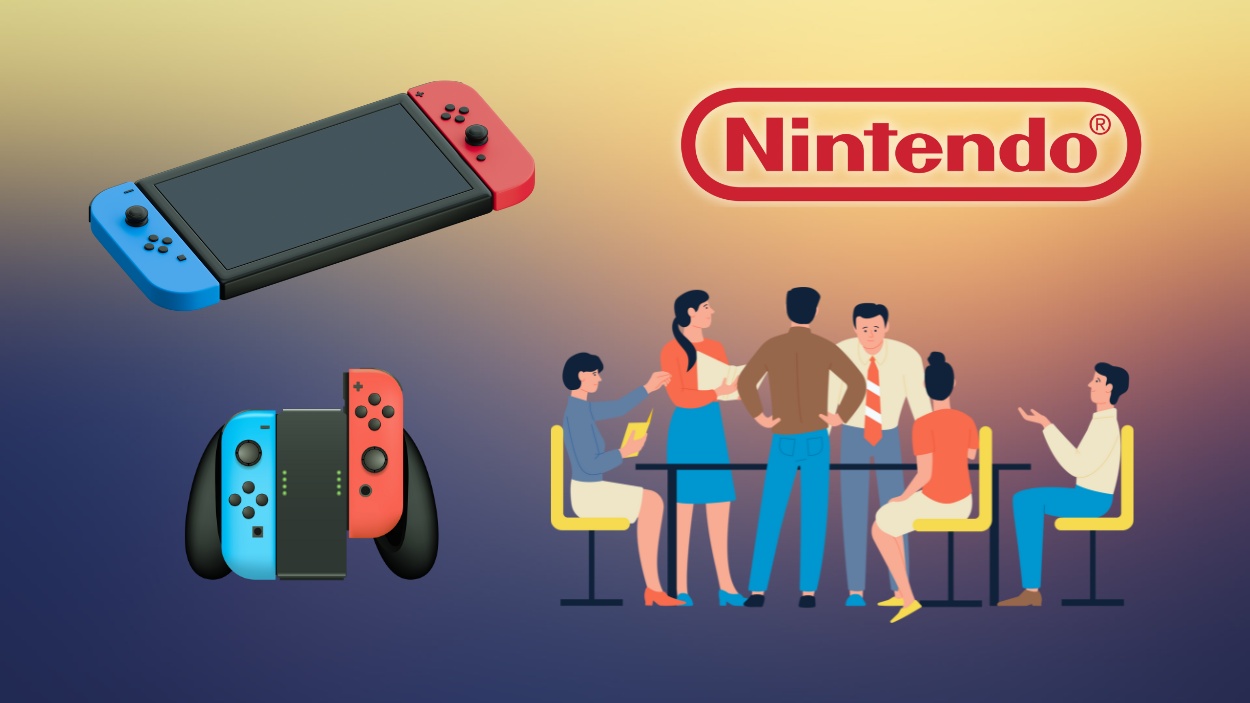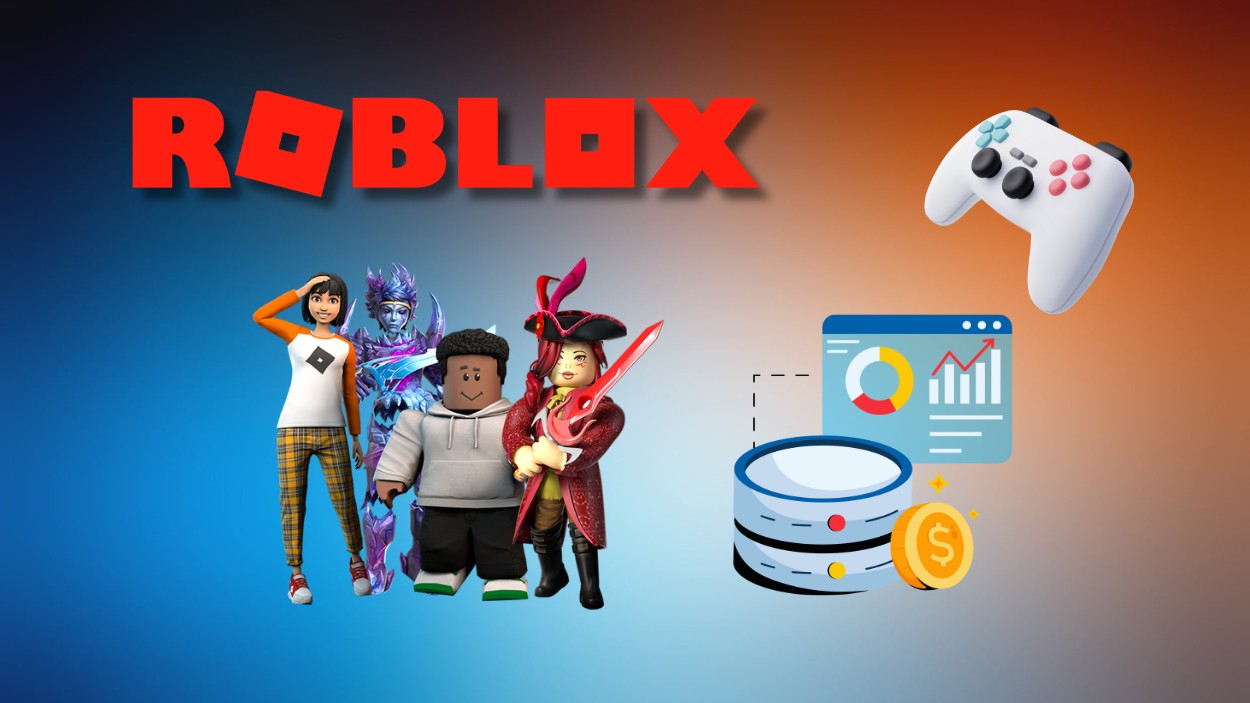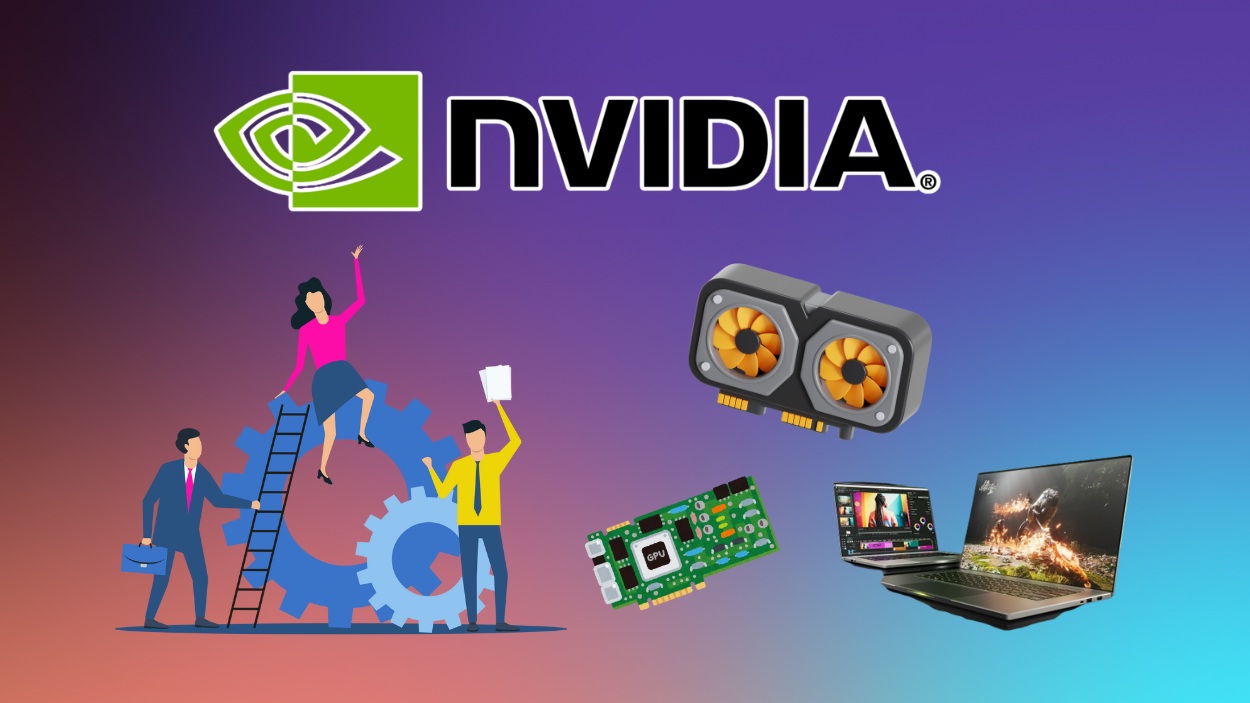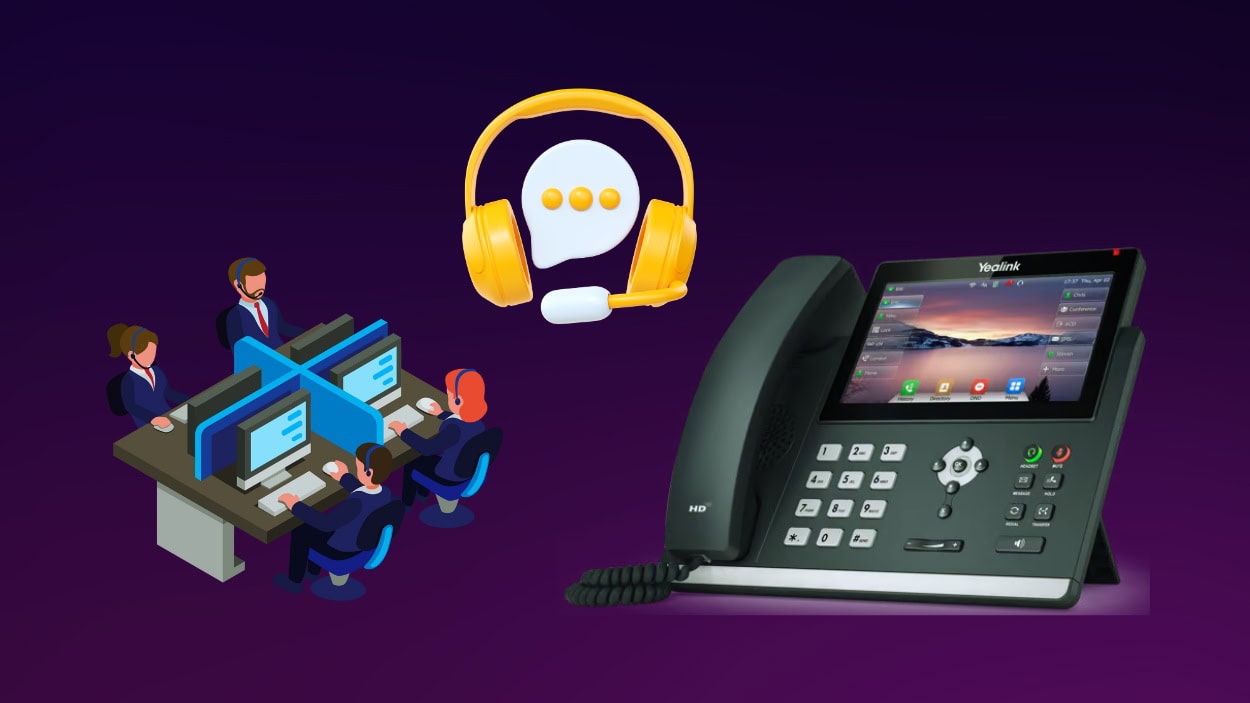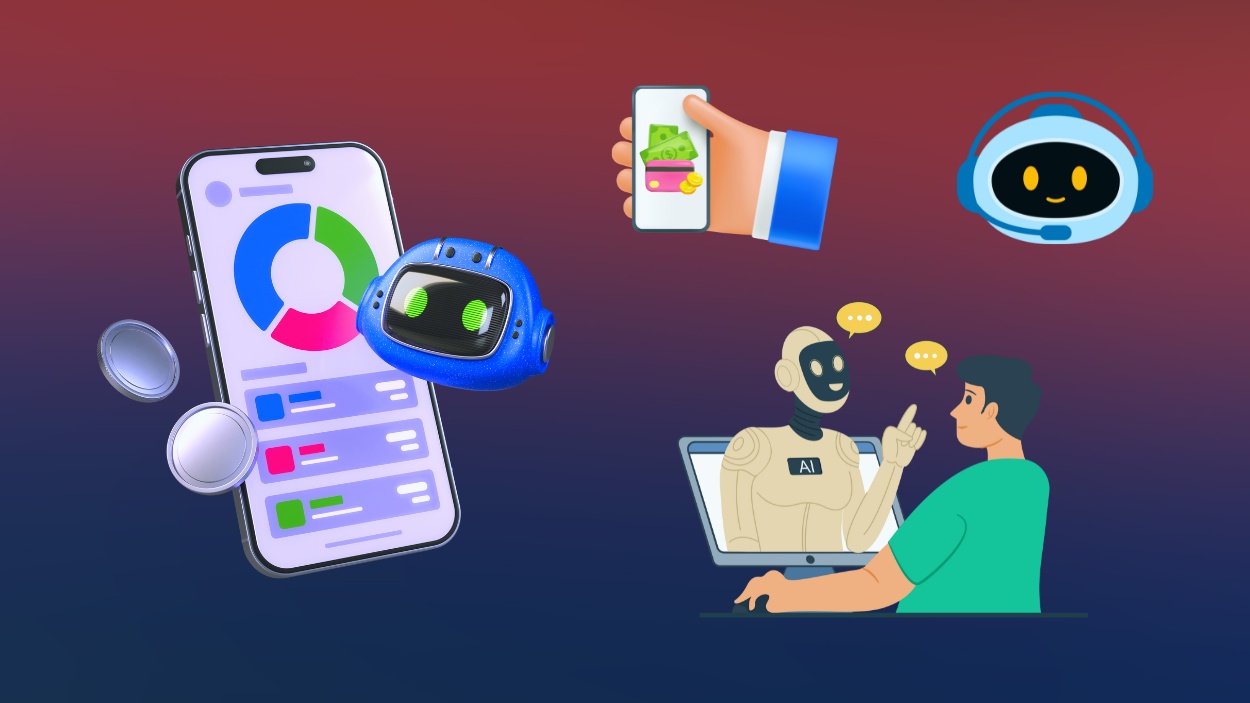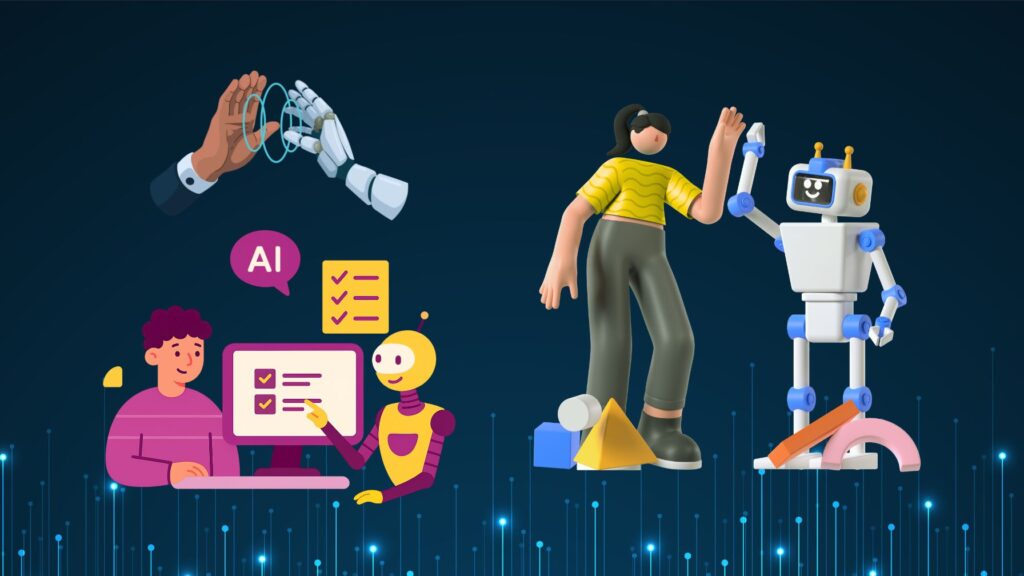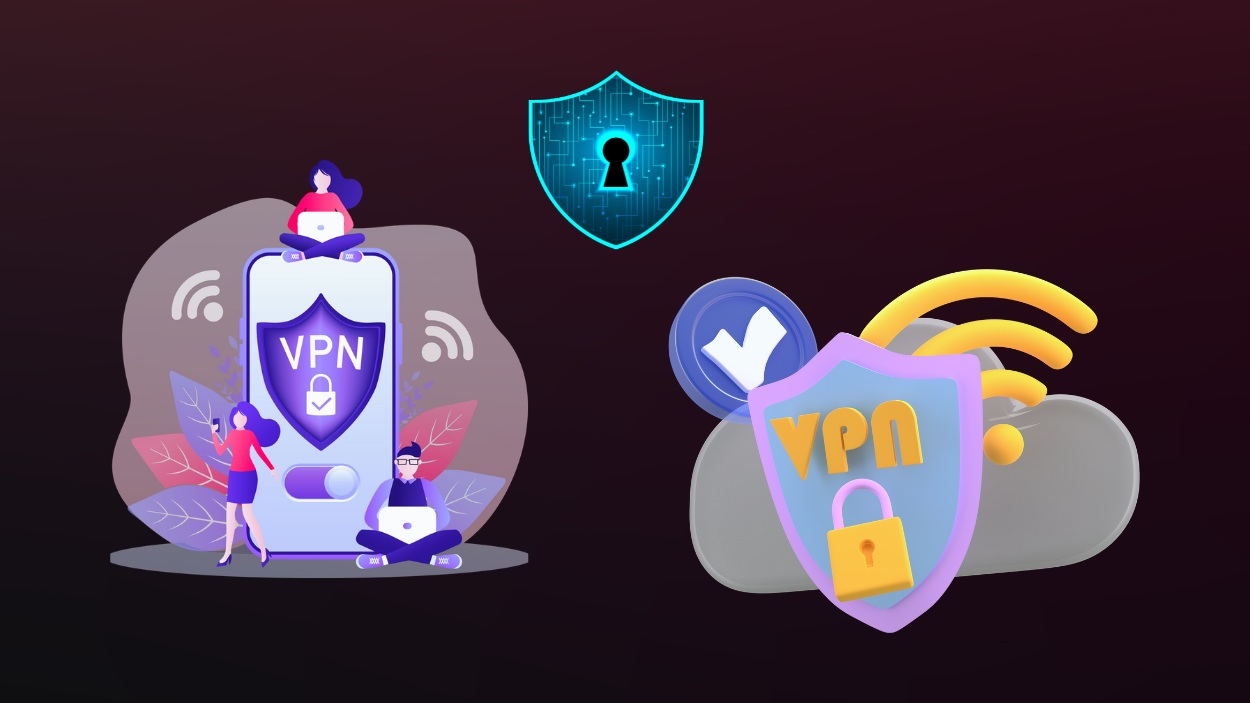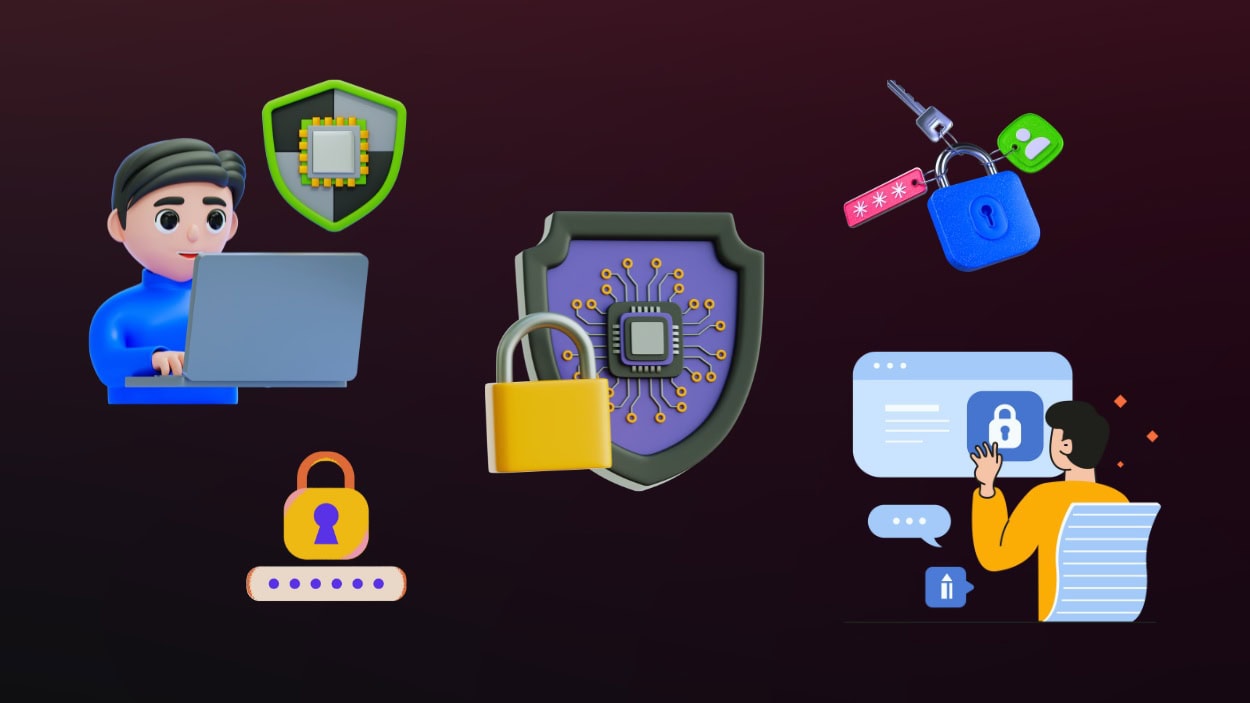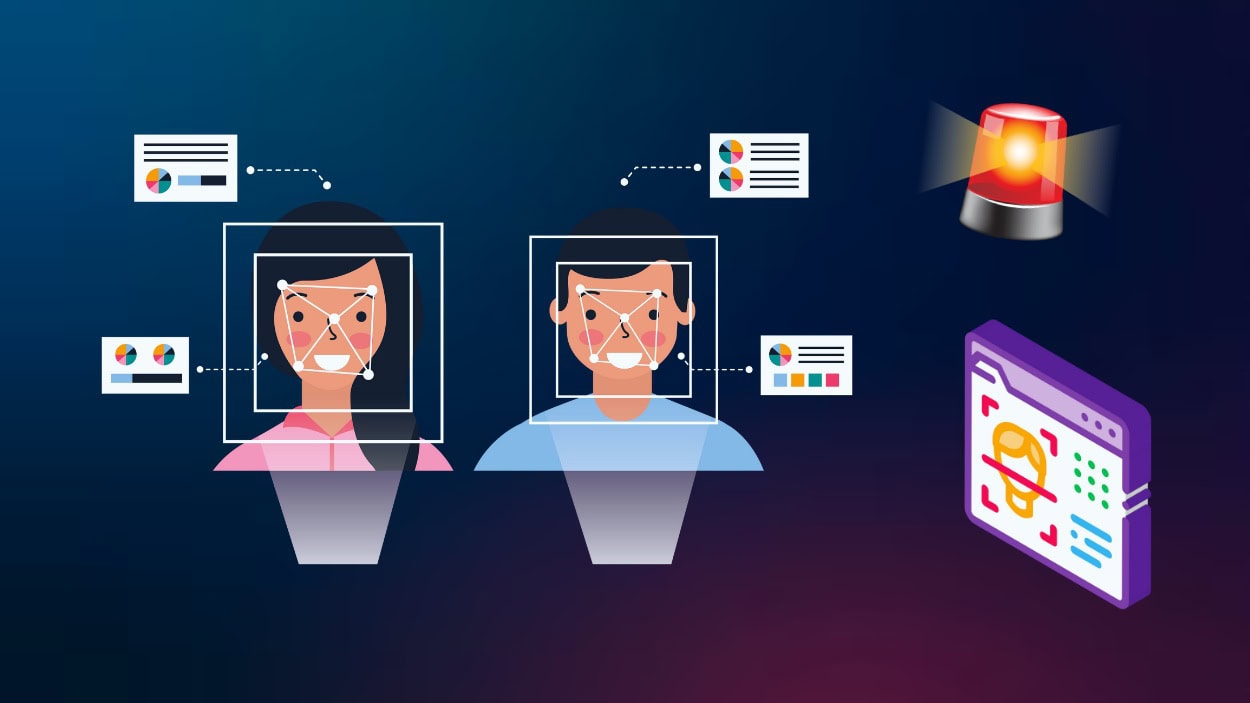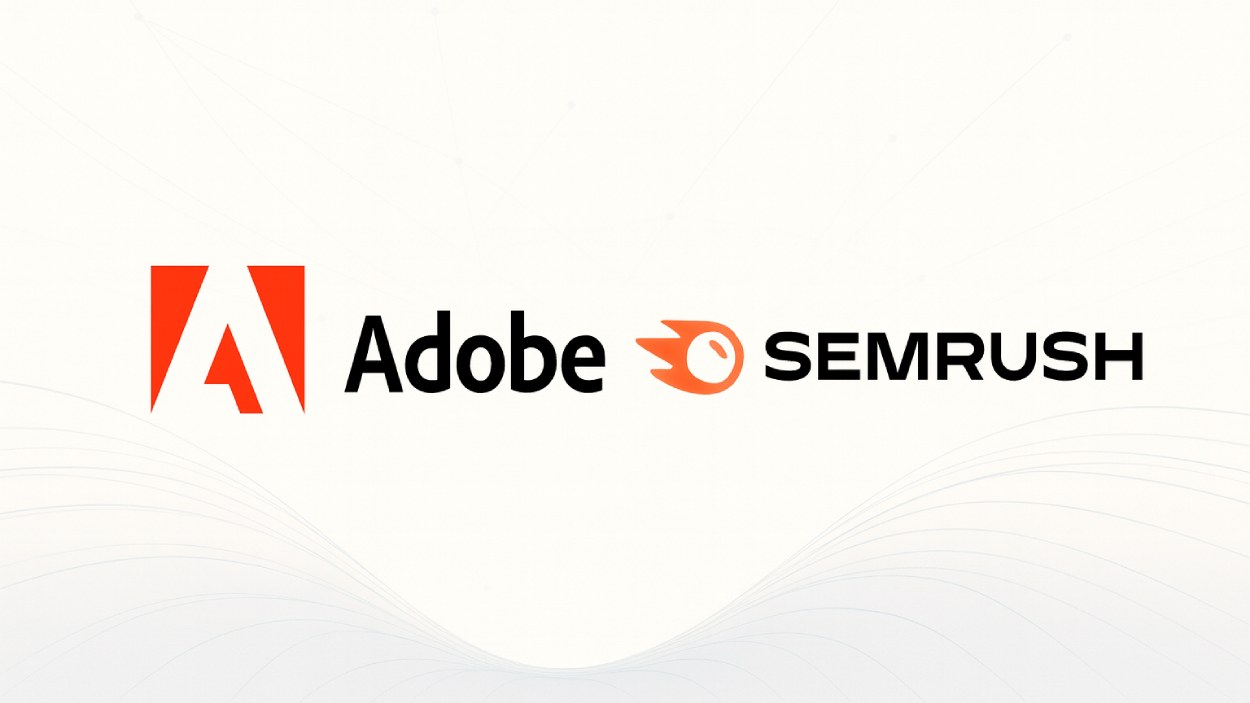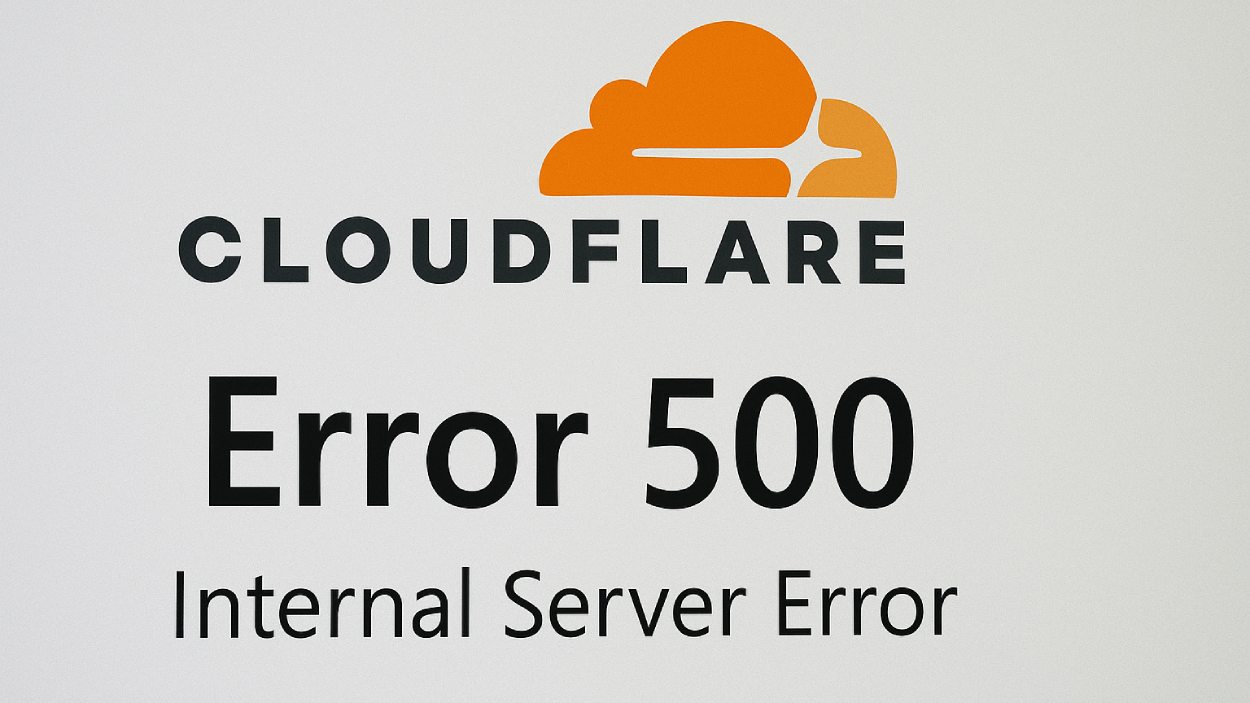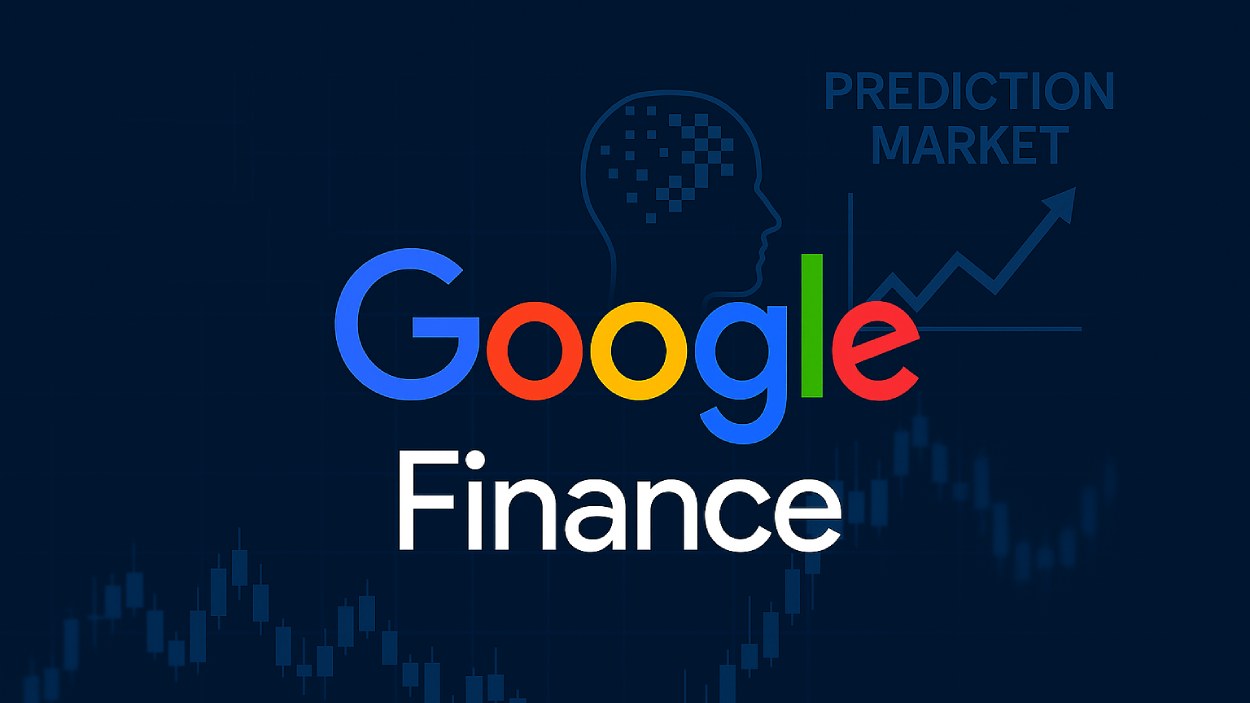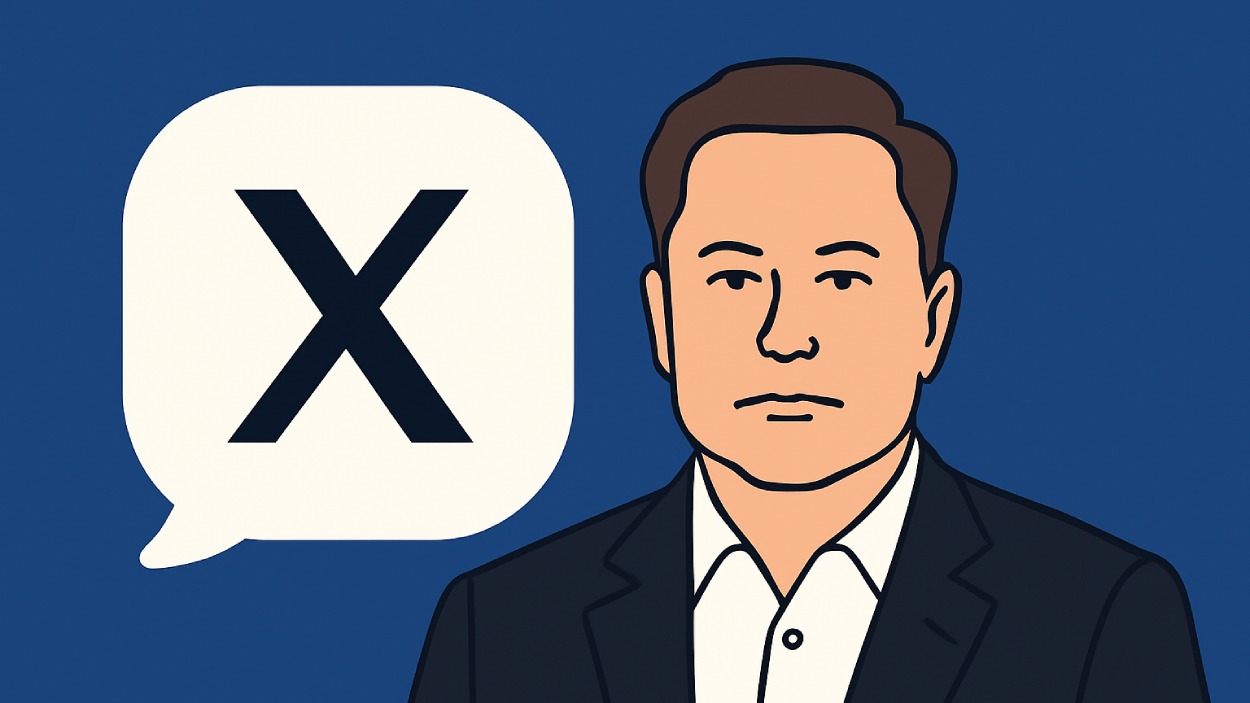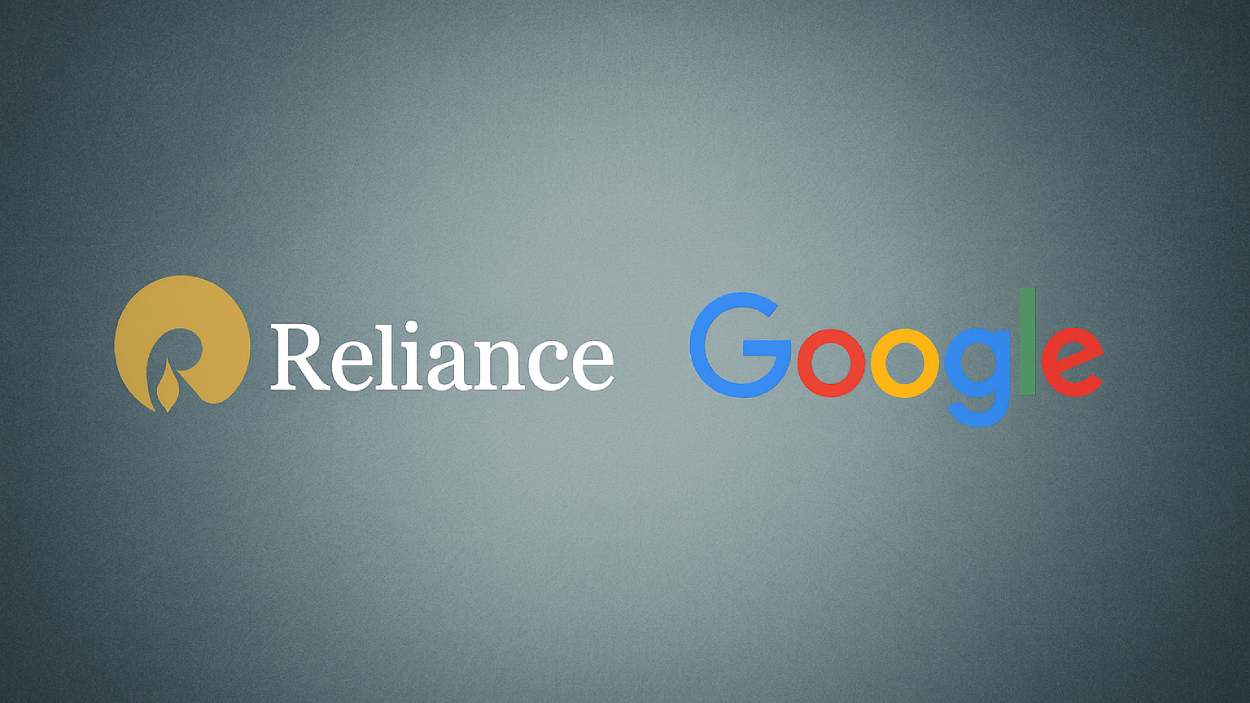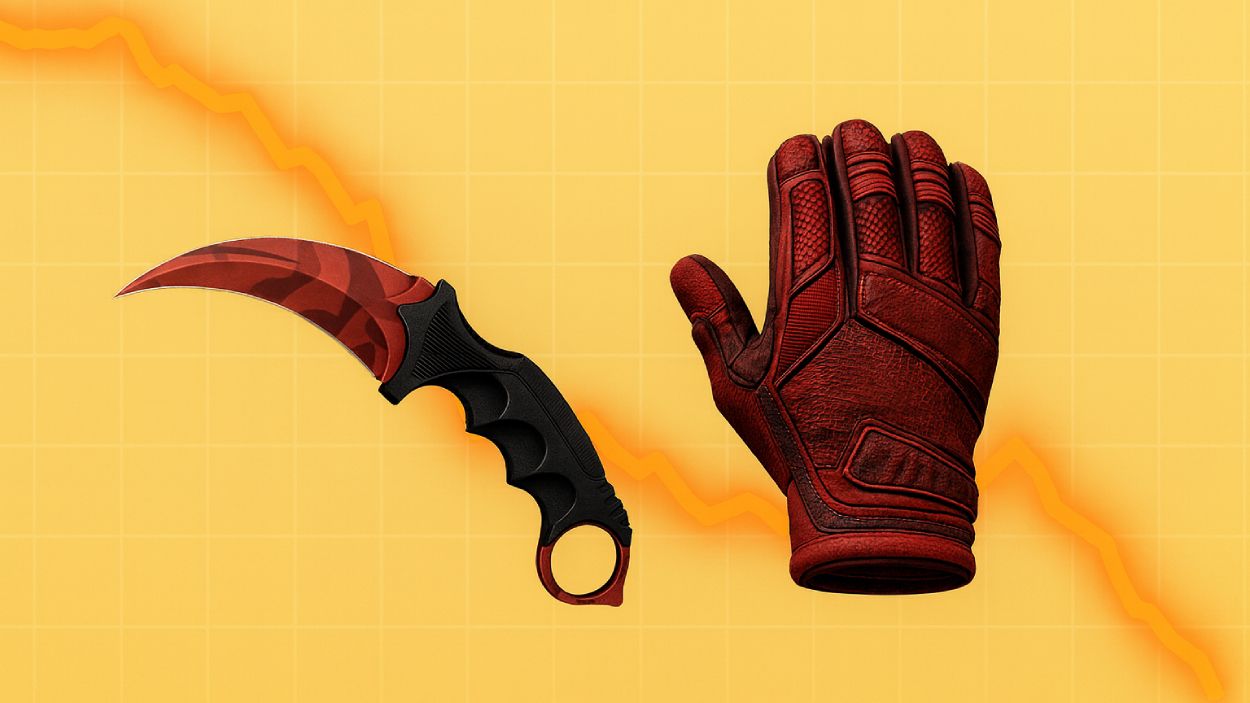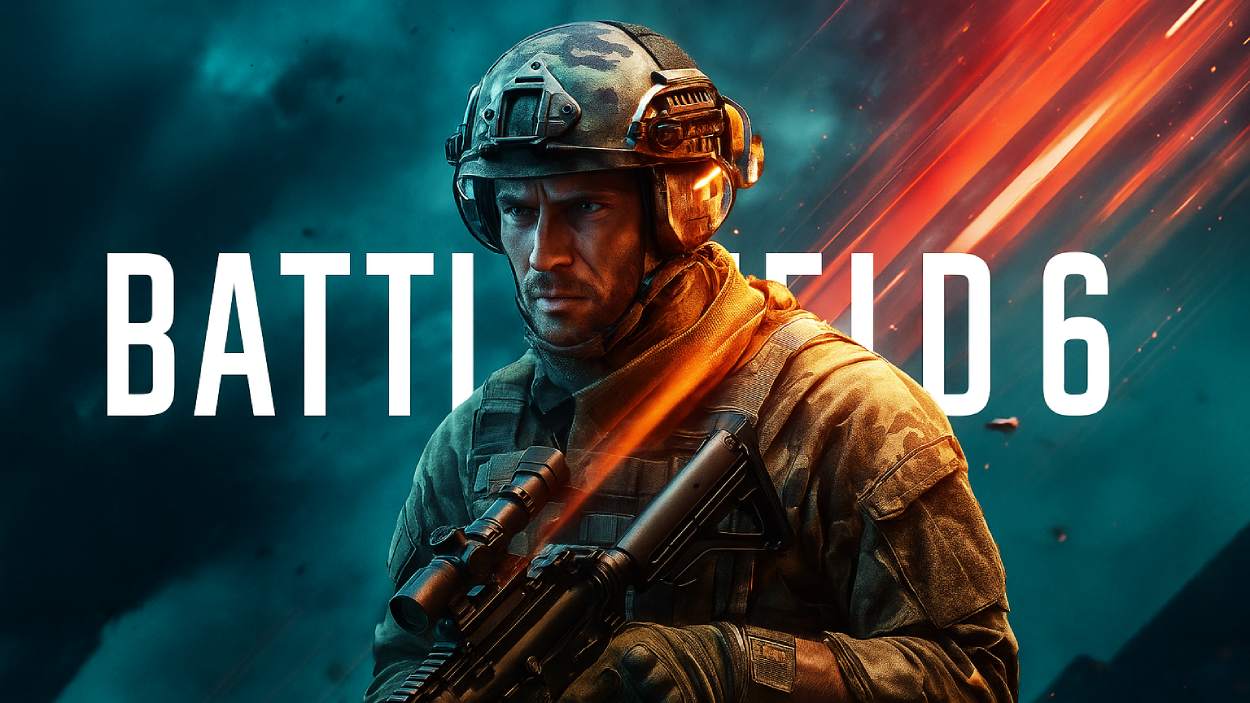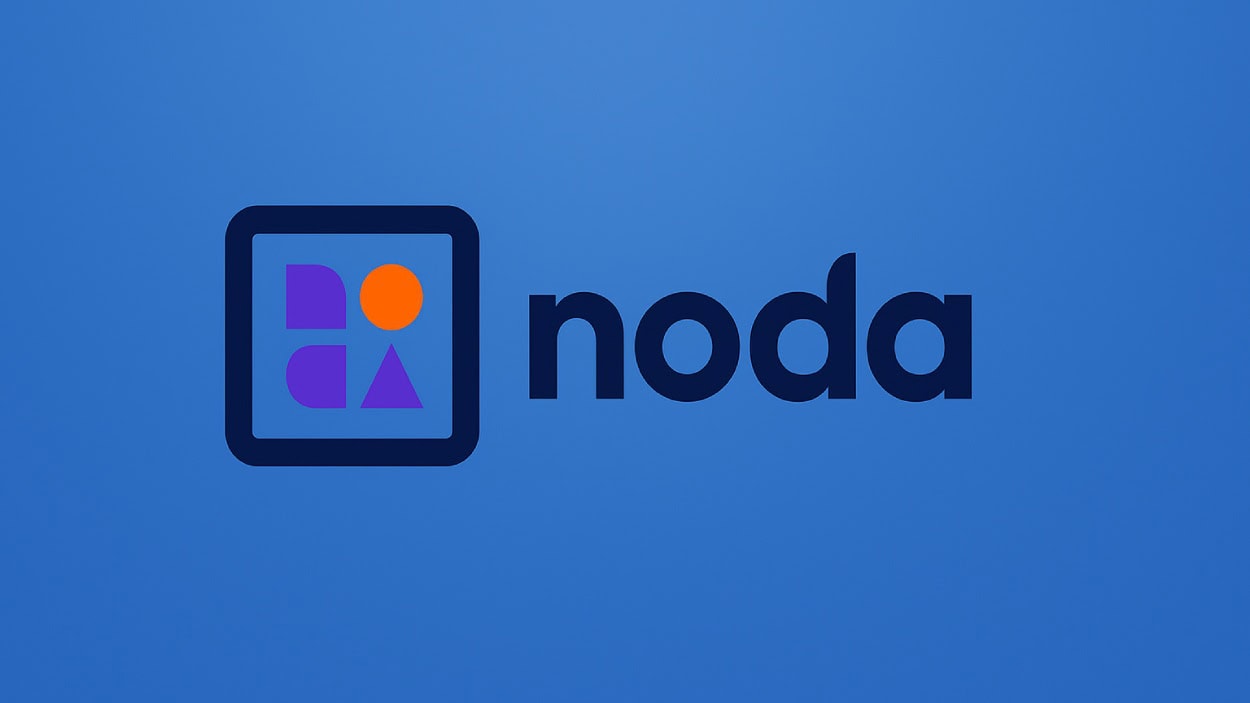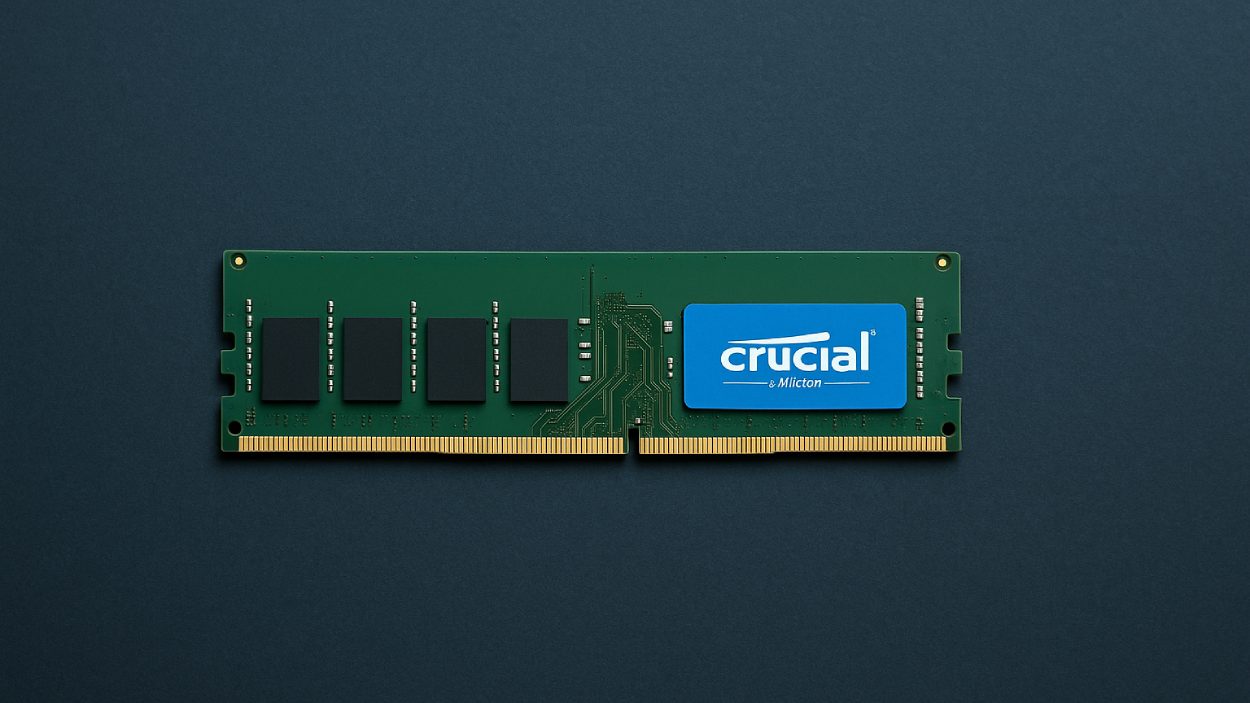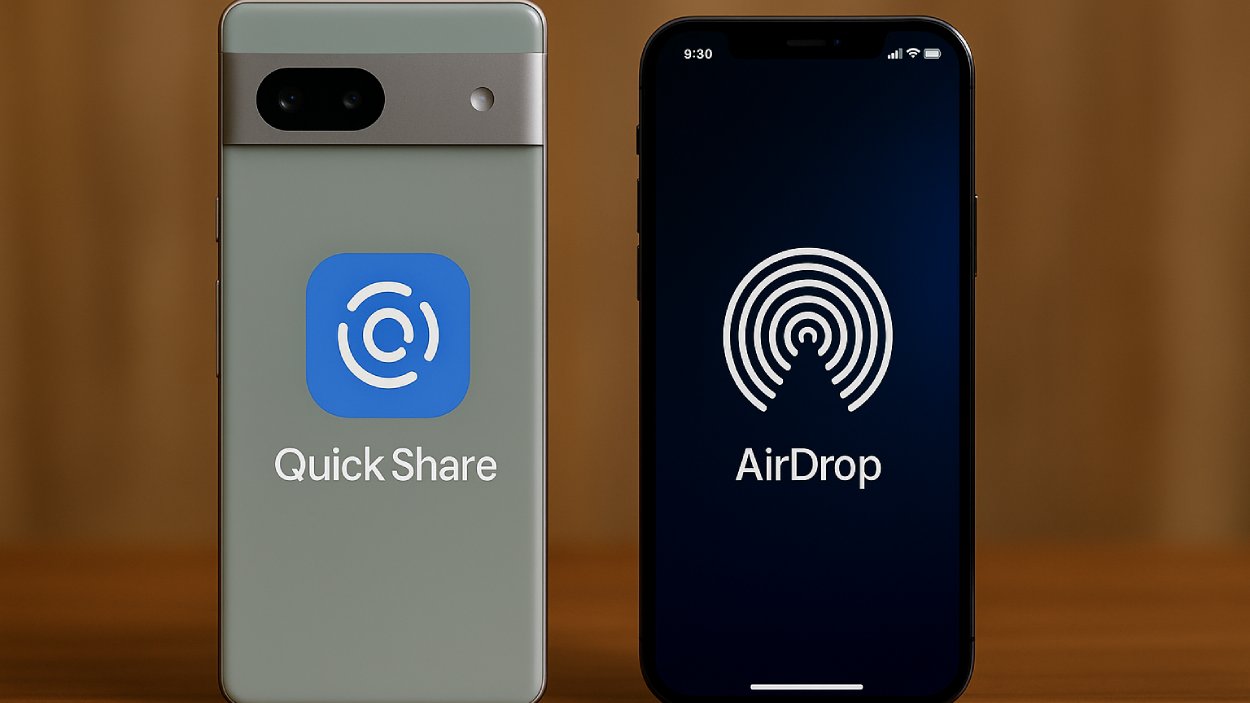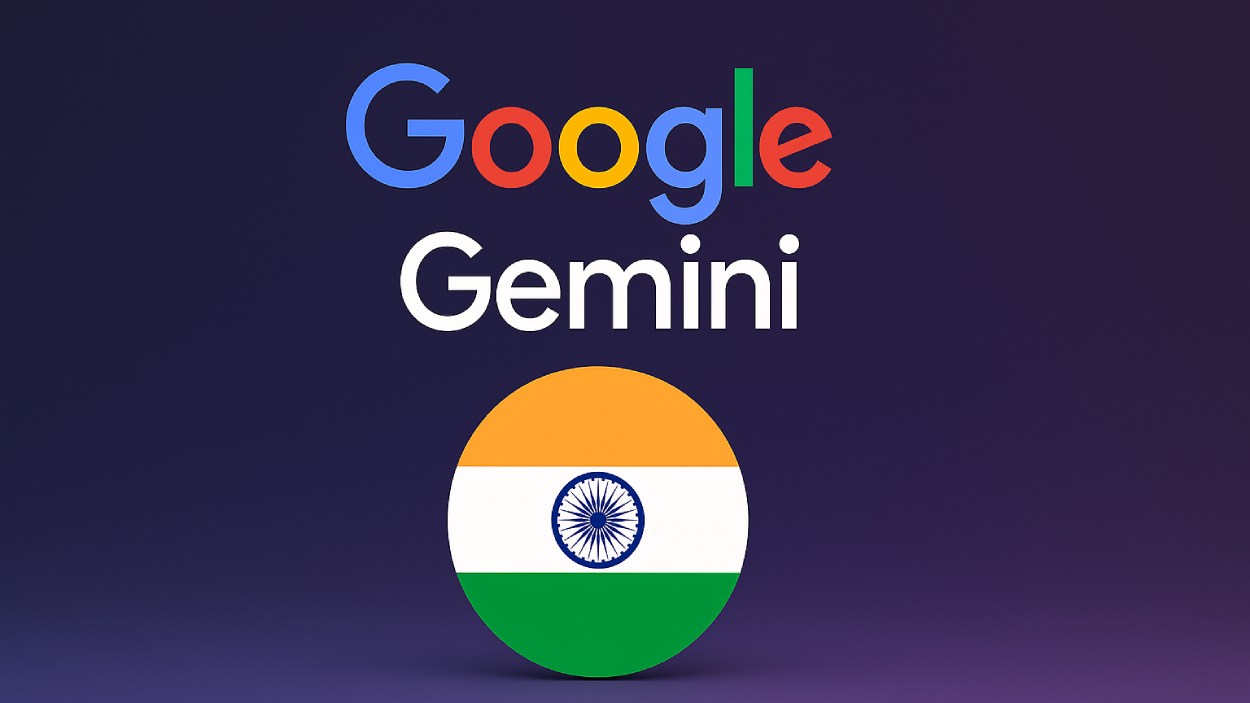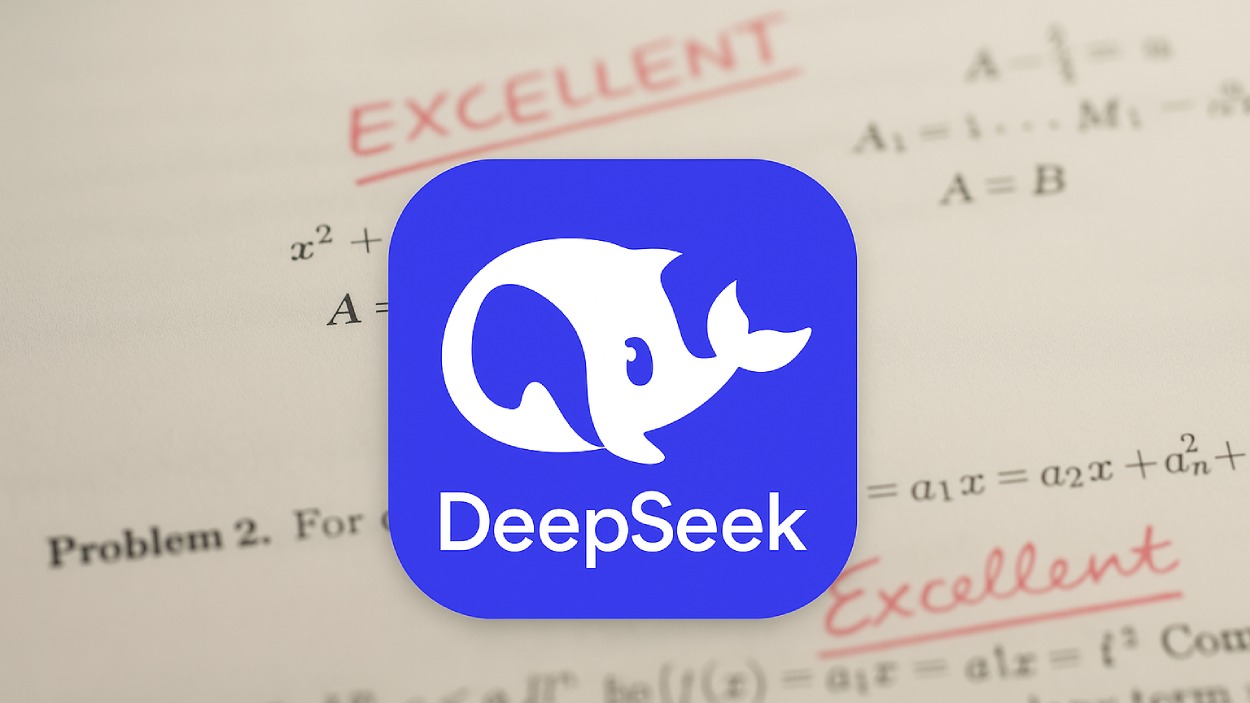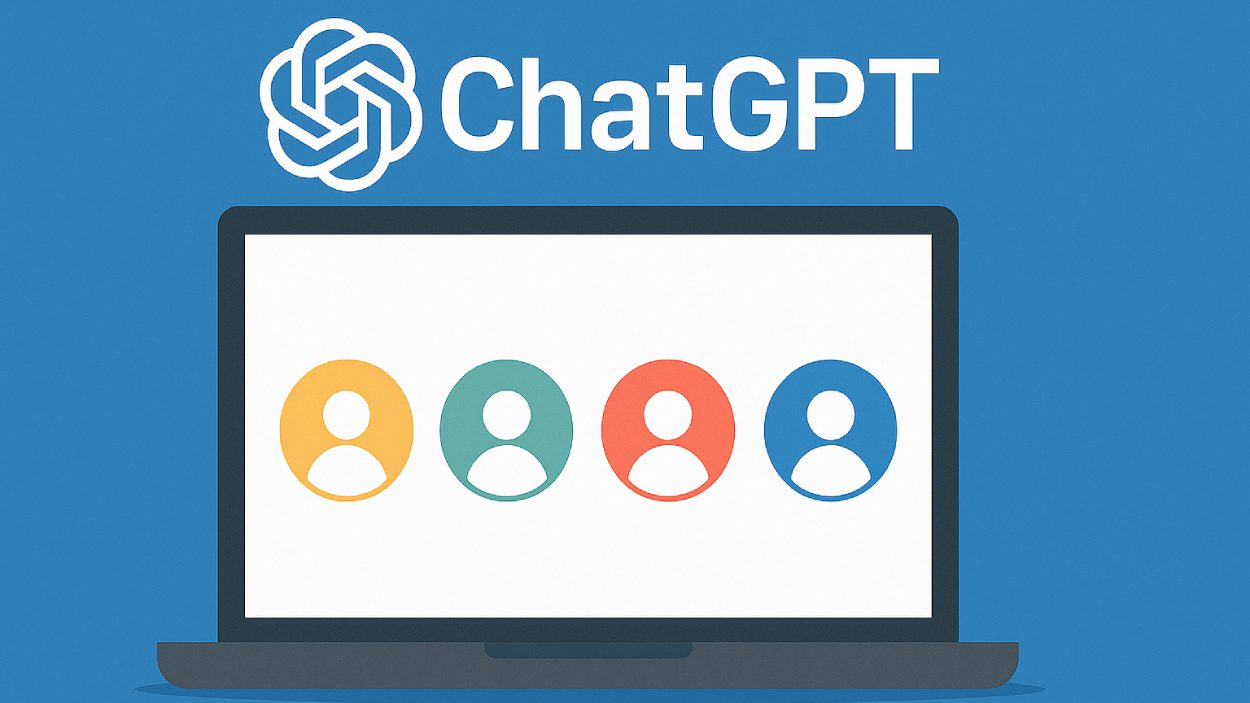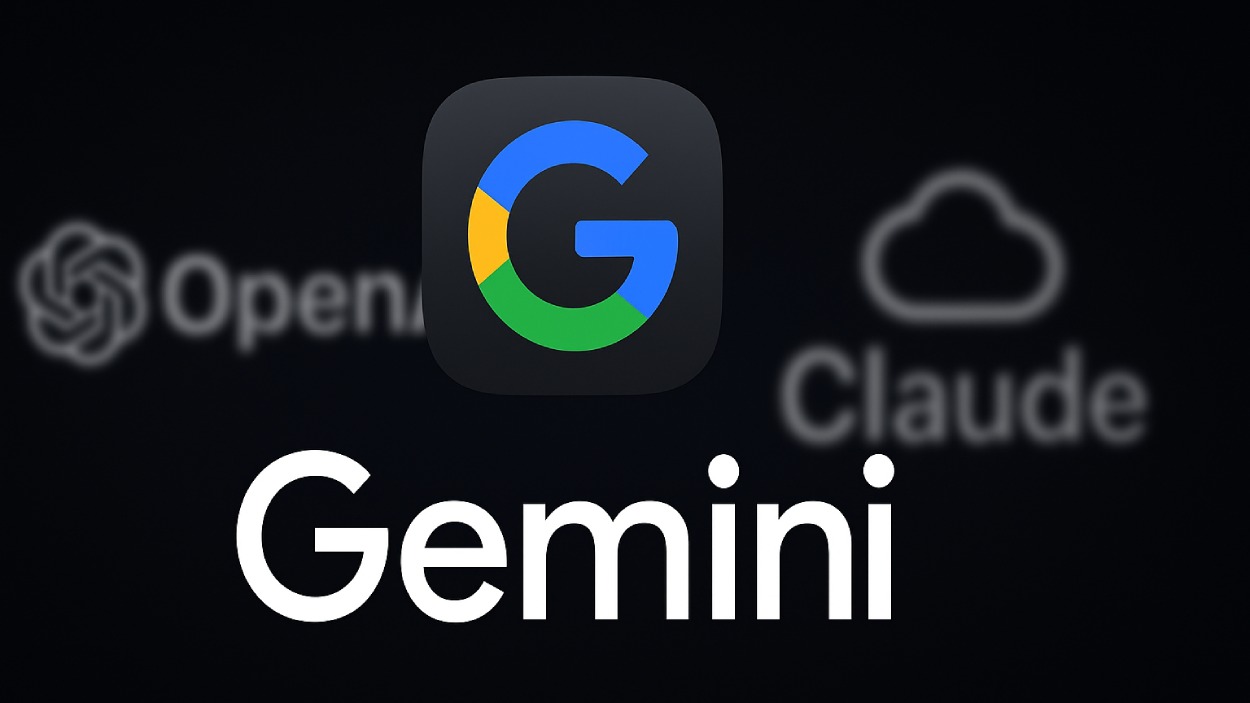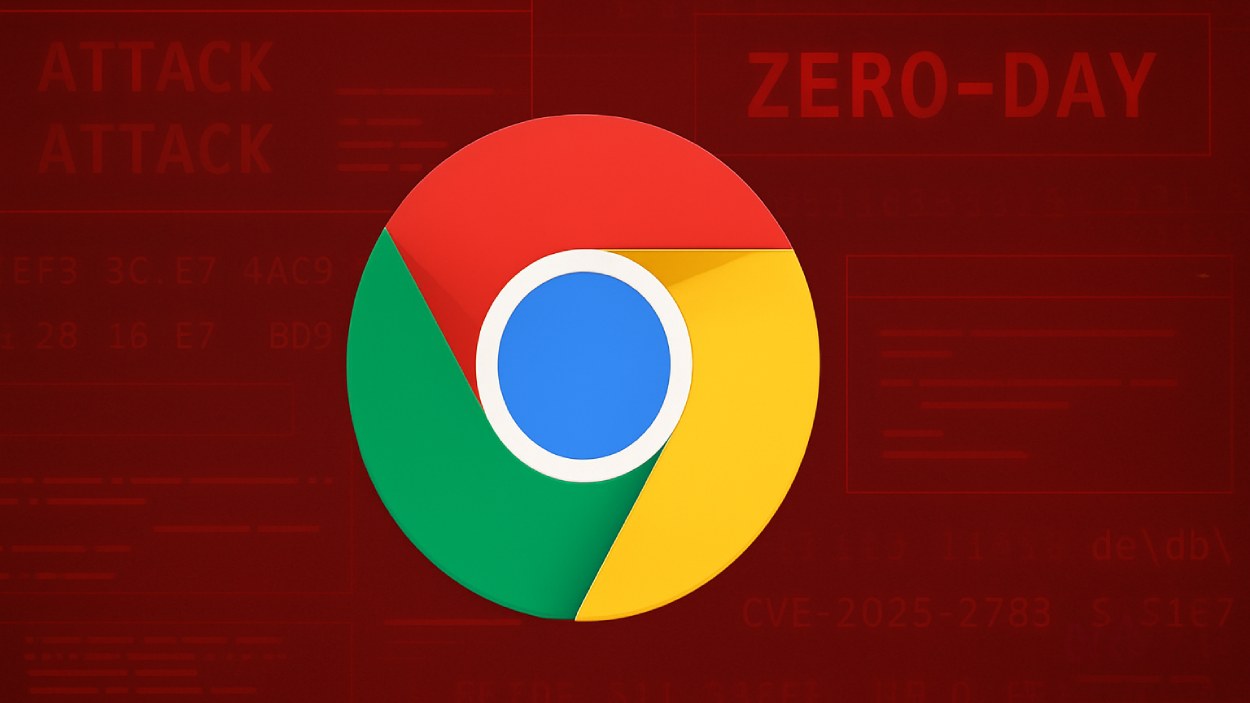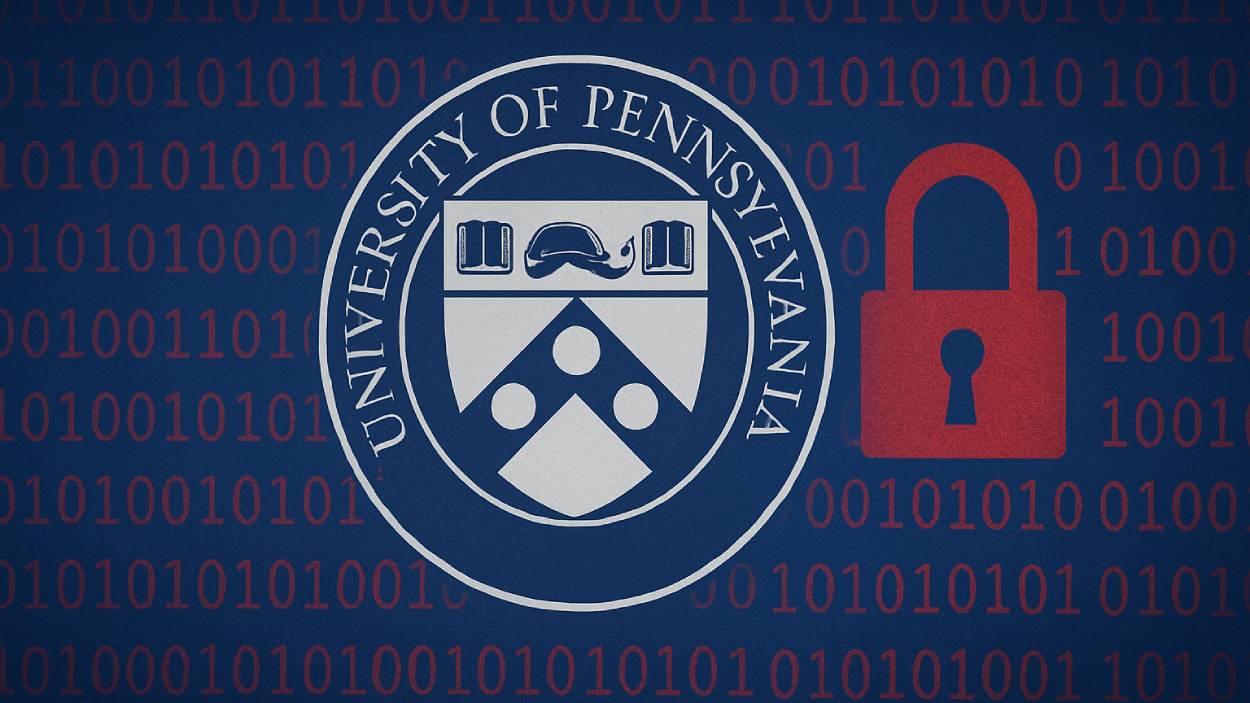TRON users can now enjoy one-minute crypto onboarding and instant payments, thanks to a new integration with Halliday that simplifies Web3 access like never before.
Quick Summary – TLDR:
- Halliday has integrated the TRON network, cutting crypto onboarding time from 30 minutes to just one.
- TRON users and developers now gain seamless payments, optimized routing, and faster settlements.
- The move reduces friction and boosts adoption of dApps, games, and stablecoin apps.
- Halliday’s system automates token acquisition, removing the need for third-party exchanges or bridges.
What Happened?
Halliday, the unified crypto payments platform, has integrated the TRON network into its infrastructure. This enables users to onboard into crypto and settle payments in just about a minute, compared to the traditional 30-minute process involving multiple steps and platforms. The integration aims to bring Web2-like speed and simplicity to the Web3 world, with immediate benefits for developers and users within the TRON ecosystem.
Halliday Payments is extending network support to @trondao
— Halliday (@HallidayHQ) October 30, 2025
Soon, developers will be able to onboard users directly to $TRX and TRON-based tokens. pic.twitter.com/FFY4wWgu6j
A One-Minute Gateway to Web3
For years, crypto onboarding has been a complicated maze of exchanges, bridges, and regional on-ramps. Each step added fees, delays, and user confusion, often discouraging new users from fully entering the blockchain space.
Halliday’s integration with TRON wipes out these hurdles. Using intelligent routing, the platform determines the best path for each user based on their location, asset needs, and available on-ramps. The result is a seamless, one-minute onboarding experience that takes users directly to TRON-based tokens, ready for immediate use.
- No exchanges or bridges required.
- Instant access to TRON assets.
- Optimized for Web3 payments, dApps, and games.
As Griffin Dunaif, CEO of Halliday, puts it:
Why This Matters for Developers and Projects?
For TRON developers, this integration removes a key barrier to adoption. Users no longer need to jump through hoops to get the correct token to start using an app. Halliday’s backend handles token conversions, routing, and payments automatically, allowing users to arrive directly in the token they need.
This reduces drop-off rates during onboarding and boosts conversion and retention for developers building on TRON.
Sam Elfarra, a spokesperson for TRON DAO, commented:
Strengthening the TRON Ecosystem
TRON has cemented itself as a global leader in blockchain payments, especially in stablecoin activity. The network processes over $23.1 billion in USDT transactions daily, with 2.5 million active wallets and more than 8.6 million transactions each day.
This integration arrives as TRON continues its mission to serve as the global settlement layer for stablecoins and real-world crypto payments.
- 342 million+ total accounts
- Over $25 billion in total value locked
- 11 billion+ lifetime transactions
The new one-minute payment experience not only speeds up transactions but also introduces backend enhancements that reduce network congestion and improve performance during high-volume periods.
Halliday’s Broader Vision
Halliday’s products, including its Workflow Protocol, are designed to make cross-chain payments and smart contract workflows easier to deploy. Developers can build and launch payment experiences in hours instead of months, thanks to Halliday’s no-code, intelligent infrastructure.
Already backed by investors like a16z and #Hashed, and integrated with partners like ApeChain, Story Protocol, and DeFi Kingdoms, Halliday is pushing toward a unified Web3 payment ecosystem where onboarding, swapping, and settlement happen within a single, simple flow.
SQ Magazine Takeaway
I love seeing practical moves like this that actually make crypto easier for real people. Halliday is doing something we’ve all been waiting for – cutting out the mess and letting users get straight to using their crypto. No more bouncing between wallets and bridges just to make one transaction. It’s this kind of integration that will pull in the next wave of users and finally make Web3 feel like Web2. Fast, easy, and invisible tech is the future, and this is a solid step in that direction.
Hover or focus to see the definition of the term.

